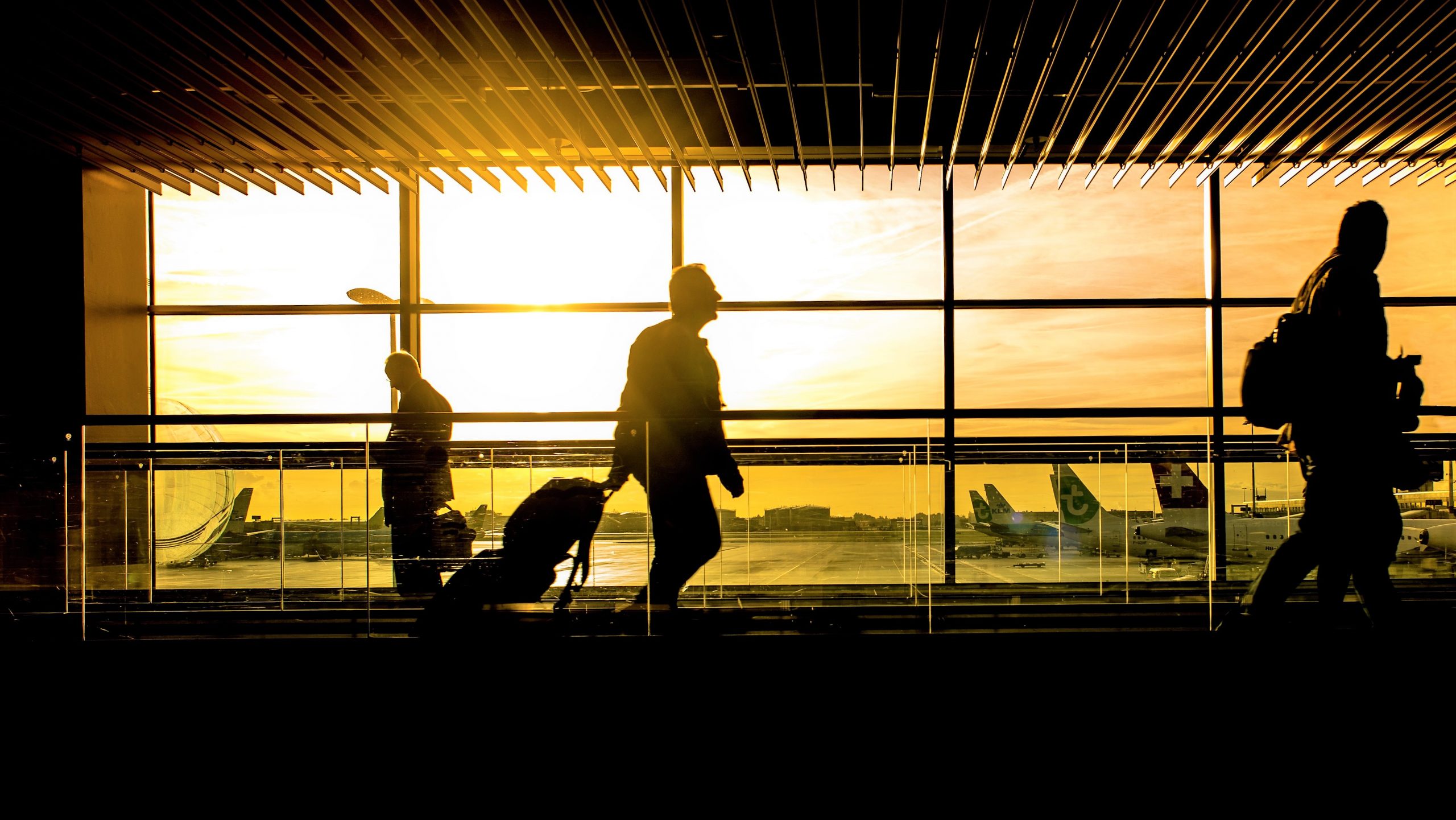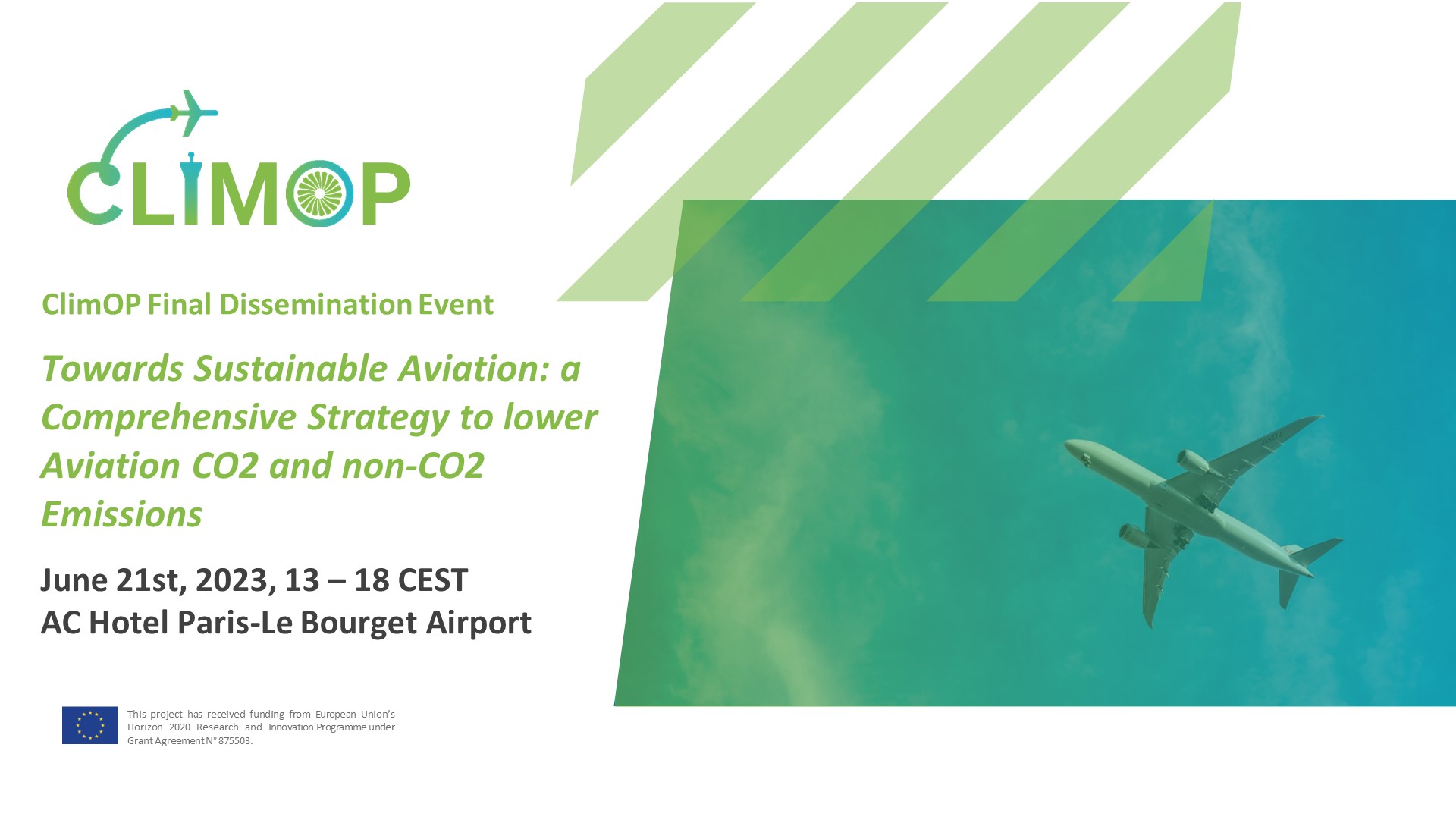Airports are well-known high energy consumers. As a consequence, each year, the top five European airports emit together more CO2 than the whole of Sweden. But, if we see the glass as half full, airports are also great potential energy savers. The good news is that Europe’s leading airports have already committed to achieving the carbon targets set out by governments across the continent. But what can they do to reduce their carbon emissions?
Within ClimOp, Amigo has developed a methodology to estimate the amount of CO2 saved by applying different energy-efficiency measures. In a first step, an open-source software has been utilized for a detailed representation of the energy consumption in a specific airport building. These detailed results are then generalized to capture the impact of energy-efficiency actions at a continental level.
The amount of saved energy and, hence, CO2 strongly depends on the local climate. The insulation of exterior walls is particularly effective to reduce the consumption of energy for heating in winter. Northern European airports would greatly benefit from this improvement. Similarly, installing triple-glass windows traps the heat inside, and its efficacy is limited in summer. Therefore, in the Mediterranean area, it is preferable to invest in solar films that reflect the solar lights rather than in triple-glass windows. The energy-efficiency measure that is more effective throughout the continent is to convert standard light bulbs to LED lights. In warmer climates, this measure is even more effective than the wall insulation and windows upgrades together.
Not only how much energy is consumed matters, but also what type of energy. A growing number of airports are now seeking to use more and more sustainable energy sources such as wind, hydro and solar. For instance, Athens International Airport was one of the pioneers in harnessing the abundant sun in its location, through its €20 million investment in a photovoltaic park. Paris CDG and Keflavik Airport in Iceland are examples of airports that use geothermal energy to power their facilities – an entirely natural and sustainable energy source.
In a changing climate, the effectiveness of energy efficiency measures is also expected to change. Northern Europe might experience milder winters. Therefore, in 50 years from now, the wall insulation or the triple-glass windows might be less effective, and the energy-saving will slow down. In some areas, the conditions will be so different that it might be worth considering investing now in energy efficiency measures with high efficacy in warmer climates. It is, then, fundamental to know how the local climate conditions will change in the future to make long-lasting investments. In other words: we need to take action for a greener aviation in an energy-efficient and climate-smart manner.
Autohor: Sara Dal Gesso, Amigo




